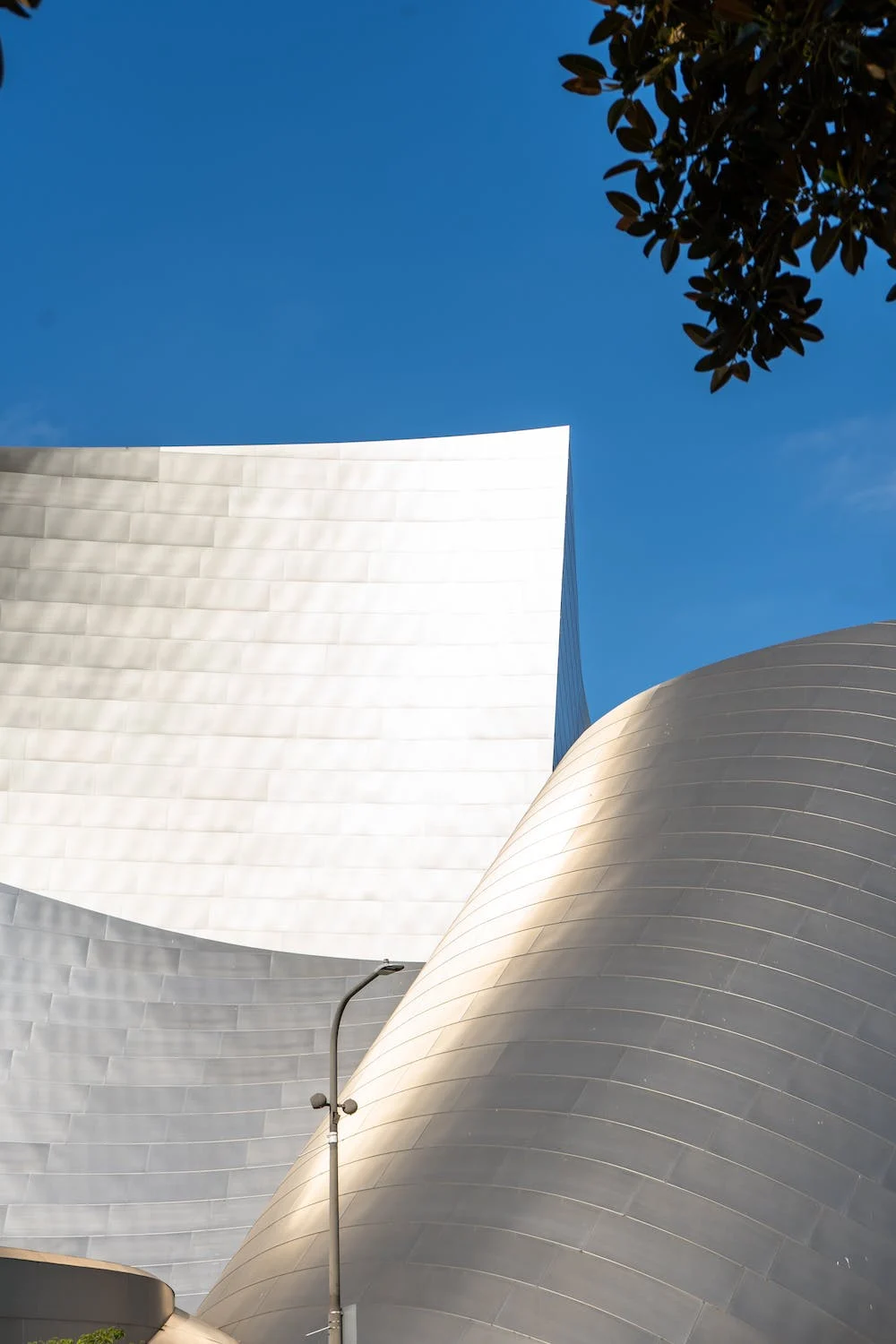Mid-century architecture, a style that blossomed in the post-war era, roughly between 1945 and 1969, stands out for its revolutionary designs that changed the face of cities and residential living in America. Born out of a desire to break away from traditional architectural designs and embrace modernity, mid-century architecture is celebrated for its simplicity, functionality, and seamless integration with nature. This blog post delves into the essence of mid-century architecture, its influential architects, iconic works, and the enduring legacy that continues to inspire architects and designers around the globe.
The Essence of Mid-Century Architecture
At the heart of mid-century architecture lies the principle of simplicity. Architects of the time stripped away unnecessary details to focus on the functionality of spaces, creating clean, sleek lines that have become synonymous with the style. The use of new materials and technologies was another hallmark, with innovations like steel and plywood being used to push the boundaries of what was possible. Moreover, mid-century architects sought to blur the lines between the indoors and outdoors, incorporating large windows and open floor plans that allowed nature to become a central part of the home’s design.
Influential Mid-Century Architects
Several architects came to define the mid-century movement, each bringing their unique vision and ideas to the forefront.
- Frank Lloyd Wright is perhaps the most celebrated architect of the era. His philosophy of organic architecture sought to harmonize human habitation with the natural world, a concept that profoundly influenced mid-century modern homes.
- Ludwig Mies van der Rohe, known for his minimalist aesthetic, contributed significantly to the movement with his iconic designs, such as the Farnsworth House. His use of glass and steel created structures of unparalleled simplicity and elegance.
- Richard Neutra offered a vision of Californian homes that perfectly blended indoor and outdoor spaces, creating serene living environments that celebrated the surrounding landscape.
- Eero Saarinen, with his innovative designs like the TWA Flight Center and the Gateway Arch, showcased the diversity and creativity that mid-century architecture embraced.
Iconic Mid-Century Architectural Works
The mid-century movement saw the creation of numerous iconic buildings and homes, many of which have become symbols of the era.
- The Case Study Houses program was a pivotal moment in mid-century architecture, aiming to design affordable and efficient housing solutions. These homes were characterized by their innovative use of materials and designs that prioritized the connection between the indoors and the outdoors.
- The Glass House, designed by Philip Johnson, epitomizes the mid-century modern aesthetic with its minimal structure and extensive use of glass, blurring the boundaries between inside and outside.
- Fallingwater, by Frank Lloyd Wright, is another iconic work that perfectly integrates with its natural surroundings, showcasing Wright’s genius in organic architecture.
The Legacy of Mid-Century Architecture
The influence of mid-century architecture extends far beyond its time, with contemporary architects drawing inspiration from its principles of simplicity and integration with nature. The 21st century has seen a resurgence in the popularity of mid-century design elements, as homeowners and designers alike seek to incorporate its timeless appeal into modern spaces. Furthermore, preservation efforts have increased to protect and celebrate the iconic buildings of the era, recognizing their importance in the architectural heritage of the United States.
Conclusion
Mid-century architecture represents a significant shift in the way we think about space, design, and the role of nature in our living environments. Its emphasis on simplicity, functionality, and beauty has left an indelible mark on the architectural landscape, making it a source of inspiration for generations to come. As we continue to explore and appreciate the works of mid-century architects, their legacy serves as a reminder of the power of innovative design to transform our lives and spaces. Whether you are a seasoned architect, a design enthusiast, or simply someone who appreciates the beauty of well-crafted spaces, the world of mid-century architecture has much to offer, inviting us all to explore its rich history and timeless designs.

